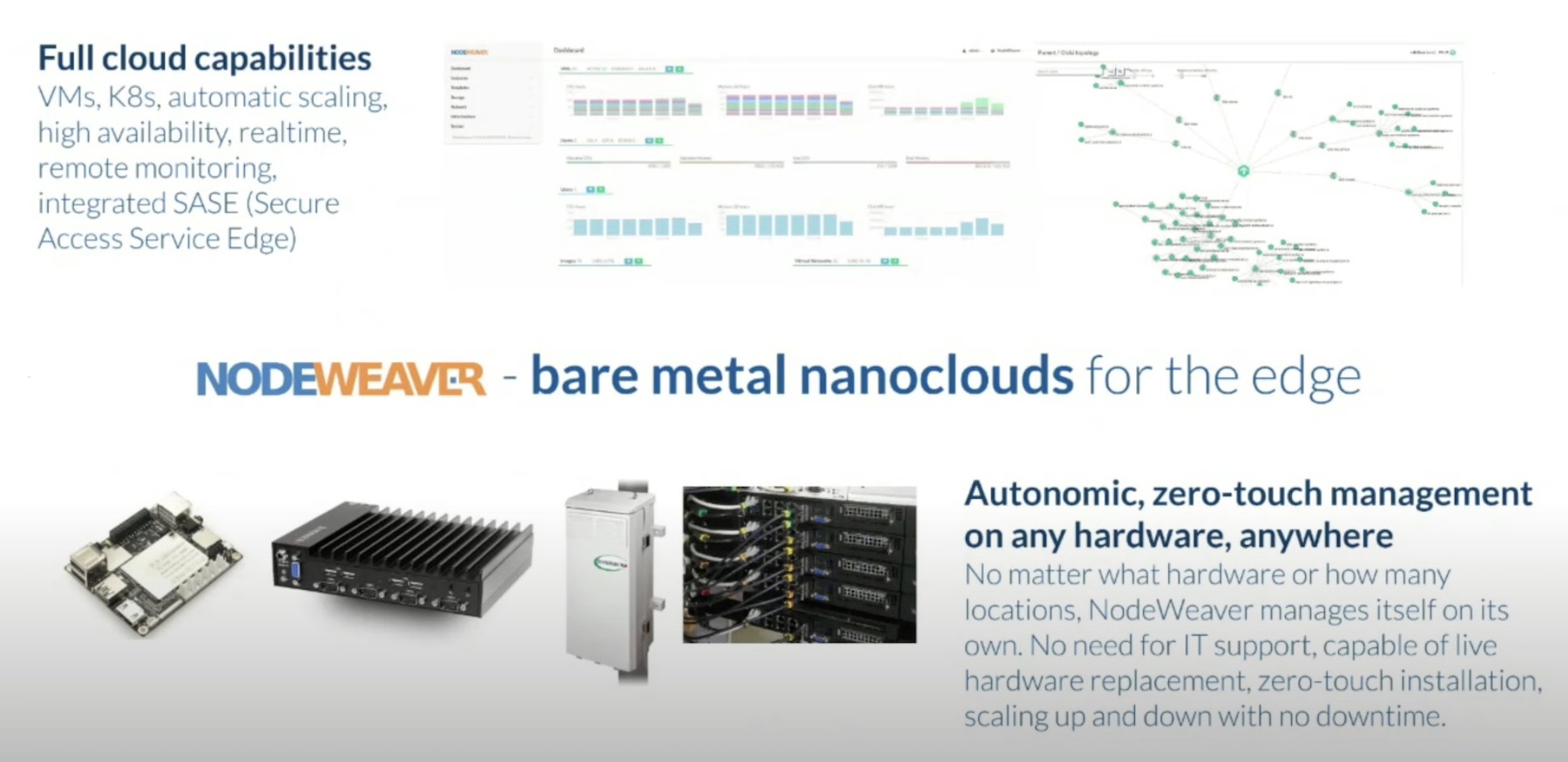Edge computing is poised to upend the world of business. But a set of unique challenges stands in the way of enterprises trying to tap into its potential.
The Edge Is Getting Real, So Are Its Problems
The edge is not hypothetical anymore. Nor are its problems. If there was one thing that companies should know before embarking on the edge computing journey, it is that the edge is vastly different from anything that they have known before. Especially, with datacenters, it bears little to no resemblance.
The edge is distributed. It exists outside the safe walls of the datacenters. The locations are often inconveniently remote and rugged. The sites aren’t always air-conditioned, and in many cases, unsustainable for IT equipment.
Physical security of the devices is a big concern. There’s not much in the way of perimeter security or robust access control. Some of these establishments are so far out, that they are not even serviceable by IT smart hands. For those sites, internet connectivity is another worry.
So how do organizations tame the challenges and harness the power of edge?
At the recent Edge Field Day event, Calif, NodeWeaver showcased a solution, that makes bulk of the obstacles disappear. The NodeWeaver delivers an edge fabric, which for all intents and purposes, is simple like cloud, only better. Carlo Daffara, CEO, and architect of the platform, dived straight into the problem parts of edge, and explained how they can be eluded with the NodeWeaver platform.
Easing the Pressure on Companies
A lot of the said difficulties can be defeated with automation. It is key to building an edge infrastructure that is easy-to-manage for tech-averse people.
The NodeWeaver platform was created with this vision. Built with edge and IoT top of mind, its strength is to make hardware management autonomic and zero-touch. “We strive for what we call autonomic management,” said Daffara. “The key aspect we have focused on is in making sure that deploying NodeWeaver for the edge solves all the problem that we have encountered over the years.”
With offices in Florida and a research unit in Pordenone, Italy, and customers all across, NodeWeaver has established deep imprints in the edge vertical with its autonomous edge cloud solution. It is the first provider to have an edge cloud as a service offering.
The NodeWeaver is a software layer that sits on bare metal servers. It is hardware agnostic, says Daffara. “NodeWeaver can run on any combination of hardware, no matter what hardware you use.”
This is evident in its wide device compatibility. From Raspberry Pi class devices, one and two core systems on chip from Intel, fanless systems, devices with a $100 price tag or lower, large units with terabytes of memory and compute, it runs on the whole gamut.
This is made possible by the thinness of the software. NodeWeaver is ultra-light and takes only a GB of memory, and one physical core to run. “It does not need the kind of capabilities that you would find in a public cloud to run,” noted Daffara.
The low requirements instantly slash down the cost of acquisition. “You can buy exactly the hardware that you need for your workloads, and mix and match the best devices for your needs.”
Autonomous Operation, Every Step of the Way
What’s truly unique about NodeWeaver is that it delivers a zero-administration fabric. “The key idea behind NodeWeaver is to minimize the total cost of management, deployment and operations of the edge layer, from the beginning to the end, from the time you procure the hardware to when you have to manage applications,” said Daffara.
NodeWeaver virtualizes the underlying hardware devices, converting them into what it calls “nano clouds”. The software provides zero-touch maintenance capabilities, that free users from the hassles of deployment, troubleshooting and other tasks that require the assistance of IT personnel. “We handle everything at the hardware layer so that you don’t have to,” he says.

NodeWeaver provides zero-touch installation and replacement, scaling without downtime, and lights-out management for all locations.
Deploying devices is just as low-effort as it can be. “It is incredibly easy – no need to prepare the hardware beforehand, no need to ship it to a central location. Deployment can be done without anyone on-site.”
With one software, users can connect any number of virtualized edge environments located anywhere in the world without IT services support. The platform takes over administrative works like resource allocation, adding or removing drives and so on, making sure that everything is running smoothly without intervention.
Under the Hood
NodeWeaver is a modular system. It comes with its own software-defined storage, networking, virtual switches, orchestration and sundry. This includes a highly available persistent storage capable of accommodating terabytes of edge data. Applications are laid out in a logical structure making it possible to deploy them anywhere with a single click.
The solution provides robust integration with the heterogenous edge ecosystem. “We support Kubernetes through our own implementation which is CNCF-compliant, as well as other external K8s layer,” said Daffara. Additionally, it integrates with public cloud through Azure Arc and AWS SSM which can be injected directly into the workload.
NodeWeaver provides a bounded latency which gives users the ability to run competing workloads in parallel without performance impacts for deterministic applications.
Wrapping Up
For all its promises, the edge is still in a rough shape. It will take years before it can rise to the status of a cloud replacement. A clever way to harness its potential today would be to embrace a technology like NodeWeaver that irons out the kinks, reduces administrative overheads, and presents an edge fabric that is just another cloud service – fully outfitted with a suite of automation services that only hyperscalers are known to offer.
For more, be sure to check NodeWeavers’ deep-dive solution walk-throughs from the recent Edge Field Day event.




